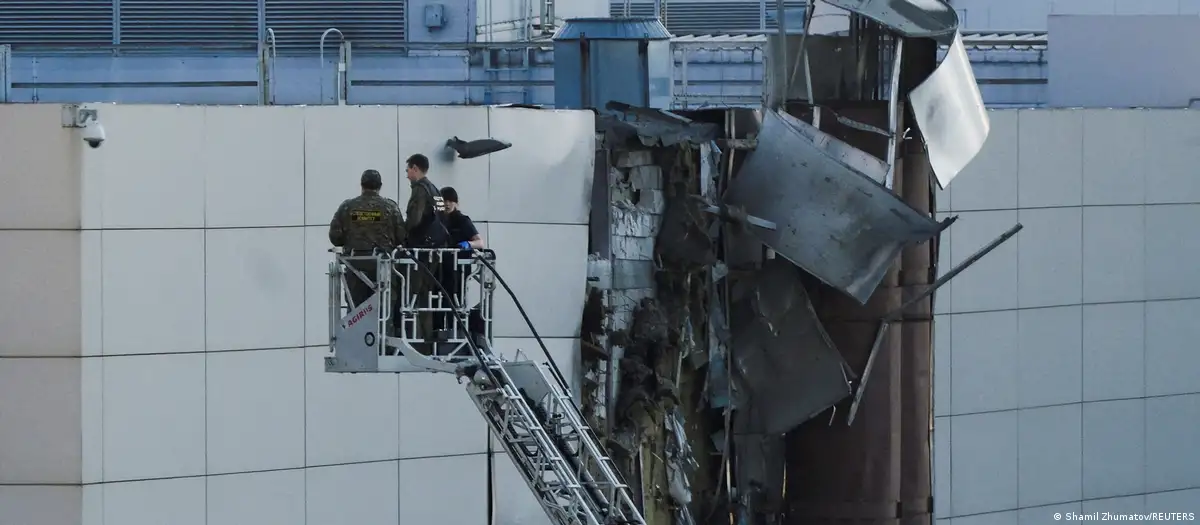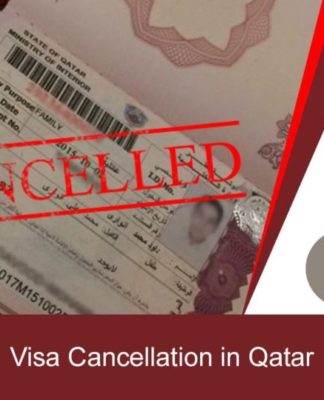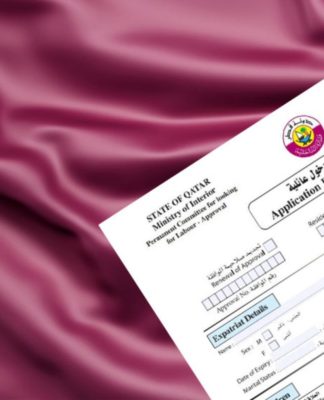CONFLICTSRUSSIAN FEDERATION
Ukraine drone attacks on Moscow could escalate
Mikhail Bushuev
7 hours ago7 hours ago
Their impact is comparatively small, but Ukrainian drones are increasingly attacking targets in Moscow. Experts say Kyiv is pursuing several goals simultaneously, and expect the campaign to escalate.
https://p.dw.com/p/4Vipz
Investigators examine a damaged Moscow building after it was hit by a drone in August 2023
Investigators examined a damaged Moscow building after it was hit by a drone in August 2023Image: Shamil Zhumatov/REUTERS
On the night of May 3, two drones carrying explosives flew unimpeded over Moscow, smashing into the Kremlin’s Senate Dome. This first-ever drone strike on the Russian capital, most likely orchestrated by Ukraine, dealt a severe symbolic blow to Russia.
Since then, drone attacks on Moscow have grown ever more frequent. Moscow International Business Center, a high-rise commercial district that houses two Russian ministries, has been hit four times. Last week, Moscow suffered almost daily drone attacks.
According to the Russian Defense Ministry, an unmanned flying object from the east was shot down near Moscow on Monday. Russian officials said two Ukrainian drones were downed over the Tula and Belgorod regions a day later.
Drone raids serve multiple objectives
Analysts say Ukraine is pursuing several objectives with its drone attacks. One is to “send a strong, public message to the world and its own citizens that Ukraine is not sitting by idly but responding to Russian aggression,” Israeli military expert Sergey Migdal told DW.
A still image taken from video shows a flying object exploding near the Kremlin Senate building in MayImage: Ostorozhno Novosti/REUTERS
Ulrike Franke, an expert in drones and military technology with the European Council on Foreign Relations in Paris, said the raids also make a point that the war is not very far away and could come to Russia.
Migdal said the attacks put pressure on Russia to relocate more air defense systems from the front line to Moscow. Ongoing air raids could also provoke an ill-considered, violent, knee-jerk reaction from Russia, like “sinking a Turkish freighter out of frustration, which would lead to major tensions with Turkish President Erdogan, something Russia is keen to avoid,” Migdal added.
The drone strikes are increasingly forcing Moscow authorities to close the region’s airspace. On Monday, Moscow airports temporarily stopped all flight movements amid incoming unmanned aerial objects.
“These attacks on Moscow are not aimed at killing millions of people,” Israeli military expert Yigal Levin told DW. “That is neither necessary nor useful. Instead, the goal is to block Moscow’s airspace and logistics channels, to paralyze airports and the transport system.”
Levin said this “undoubtedly” works. Turkmenistan Airlines, for instance, has already suspended all flights to Moscow until further notice.
Moscow International Business Center district has been hit by multiple drone strikesImage: Valery Sharifulin/Tass/dpa/picture alliance
So far, ascertaining the extent of damage caused by these raids to Russia’s logistics sector and air traffic remains challenging, according to Franke, because many airports worldwide are nowadays forced to temporarily suspend operations due to drone sightings. But matters would get much more severe if Ukrainian drones were to strike a civilian airport in Moscow, damaging runways, terminals or even a passenger plane.
“Then foreign airlines would start avoiding Moscow until the war is over, as some are already doing,” Migdal said.
Patchy Moscow air defenses?
Experts disagree on how successful Ukrainian drone attacks on Moscow are proving to be, and how well the capital’s air defenses are holding up, as the facts remain unclear.
“We don’t know how many drones are actually intercepted,” Franke said as an example, adding that it would certainly be wrong to say these “these attacks are easy” to conduct. She believes both sides are adapting to each other’s capabilities in a sort of cat-and-mouse game.
However, the fact that drones are reaching Moscow is “a problem” for Russia, Israeli military expert David Sharp told DW. “Ideally, such attacks should be suppressed along the border with Ukraine or over open terrain, not once drones have reached the city.”
Moscow’s air defenses remain patchy, even though the city was supposed to become the best-protected region in Russia since the Soviet era, Mykhailo Samus, a Ukrainian military expert based in Prague, told DW. Russian air defenses, he said, are aimed at “traditional targets,” such as ballistic missiles, rather than small flying objects like Ukraine’s UJ-22 and Bober, or “Beaver,” drones.
“Such small objects are predominantly made from composite materials rather than metal, follow complex flight patterns and therefore present a challenge for any air defense system,” said Samus.
A Pantsir air defense system has been installed on the roof of the Defense Ministry building in MoscowImage: picture alliance / NurPhoto
Experts say air defense gaps also exist in the wider area around the Russian capital.
“To shoot down a target, you first have to identify it. This will be done by radar stations, which ideally should be part of an integrated radar field,” said Samus. “But we can assume that Russia does not have such a radar field. Its air defense systems detect individual objects but don’t cover an entire area.”
The Ukrainians, therefore, launch individual drones to spot radar stations and, after identifying gaps, launch more drones “deep into Russian territory, where there a fewer air defense systems than in border areas,” Samus explained.
According to Migdal, once a drone has reached Moscow, Russian authorities can only deploy last-ditch defenses such as the Pantsir short-range anti-aircraft missile system. However, he said air defense systems only have 15 to 30 seconds to eliminate incoming drones before they reach their respective targets.
Will Ukraine expand its drone campaign?
Ukraine lacks long-range weapons like the Russian Kalibr-guided missiles and hypersonic Kinzhal missiles. Given this tactical disadvantage, Ukraine is resorting to drone attacks instead, said Migdal.
As most of these drones only carry a few kilograms of explosives, “drone strikes are of limited significance, as they will not eliminate Russian airfields, nor the Russian air force,” Migdal said. “Practically speaking, drone attacks are more effective on the front line.”
Drones have also struck apartment buildings in MoscowImage: Maxim Shemetov/REUTERS
Experts predict that Ukrainian drone attacks on Moscow will increase despite their limited effectiveness.
“This is just the opening stage,” said Sharp, adding that an attack with 25 drones simultaneously would mark a whole new phase.
“What if instead of three, 33 or 300 combat drones were launched from all sides,” Migdal said. Ukraine could use such swarm attacks to permanently disable Moscow airports, for example, marking a significant victory for Kiyv. This, Migdal added, would force the Kremlin to reconsider which direction it wants the war to go, “whether that is compromise and negotiations, or suddenly and forcefully reacting without any consideration.”
What do Russia’s new drone strikes mean for NATO?
02:43
This article was originally written in German.






























